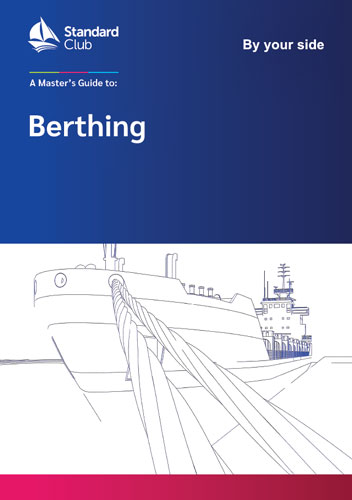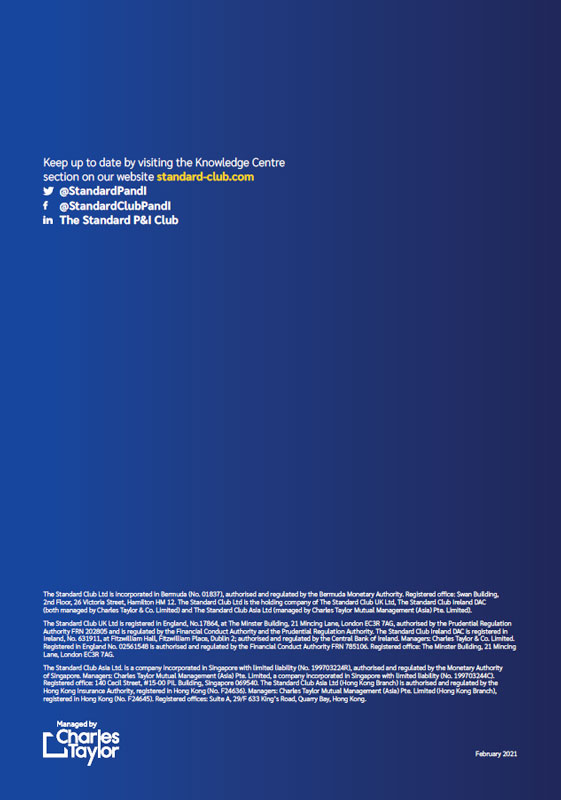A master’s guide to berthing/Руководство капитана по швартовке
Издание на английском языке
This guide sets out to promote best practice and raise awareness of the risks of berthing. Ship handling is an art rather than a science. However, a ship handler who knows more of the science will be better at his art. Knowledge of the science will enable easy identification of a ship’s manoeuvring characteristics and quick evaluation of the skills needed for control. A ship handler needs to be able to understand what is happening to their ship and anticipate potential issues to prepare for the situation. This knowledge is essential in a port environment when a ship encounters close quarters situations, narrow channels and the effects of cross-winds and currents.
The culmination of any voyage is the controlled mating of the ship with a solid, stationary berth. Berthing requires precise and gentle control if the former is not to demolish the latter. Such fine and precise control is demonstrated everyday by ship handlers in ports all over the world. Most ships dock safely, most of the time - a testament to pilots’ skill and ability - but the outcome of a manoeuvre is not always successful. Ships can, and do, run aground, demolish jetties, hit the berth and collide with other ships at an alarming frequency, giving rise to loss of life, environmental pollution and property damage.
The purpose of this guide is to provide some insight into what can go wrong and why, why ships are designed the way they are, why ships handle the way they do and how to berth them. In the final chapter, there is advice on pilotage. On its own, the guide will not teach you how to become a ship handler, but it does provide background material to help a good ship handler become a better one. Throughout the berthing examples, it has been assumed that the ship has a single righthanded propeller and that bulk carriers and tankers have their accommodation aft. The guide is unable to cover all the different ship types.
Contents
01 Golden rules of berthing
02 Ship factors that affect manoeuvring
03 Berthing in wind
04 Effect of current
05 Hydrodynamic effects
06 Berthing without tugs
07 Berthing with tugs
08 Berthing with anchors
09 Electronic berthing aids
10 Thrusters
11 Mooring stations forward and aft
12 Snap-back zones
13 Fenders
14 Tugs and pilots - legal issues
15 Master/pilot relationship (incorporating the ICF/Intertanko/OCIMF Guide)
16 Standard references
List of photos
Authors




